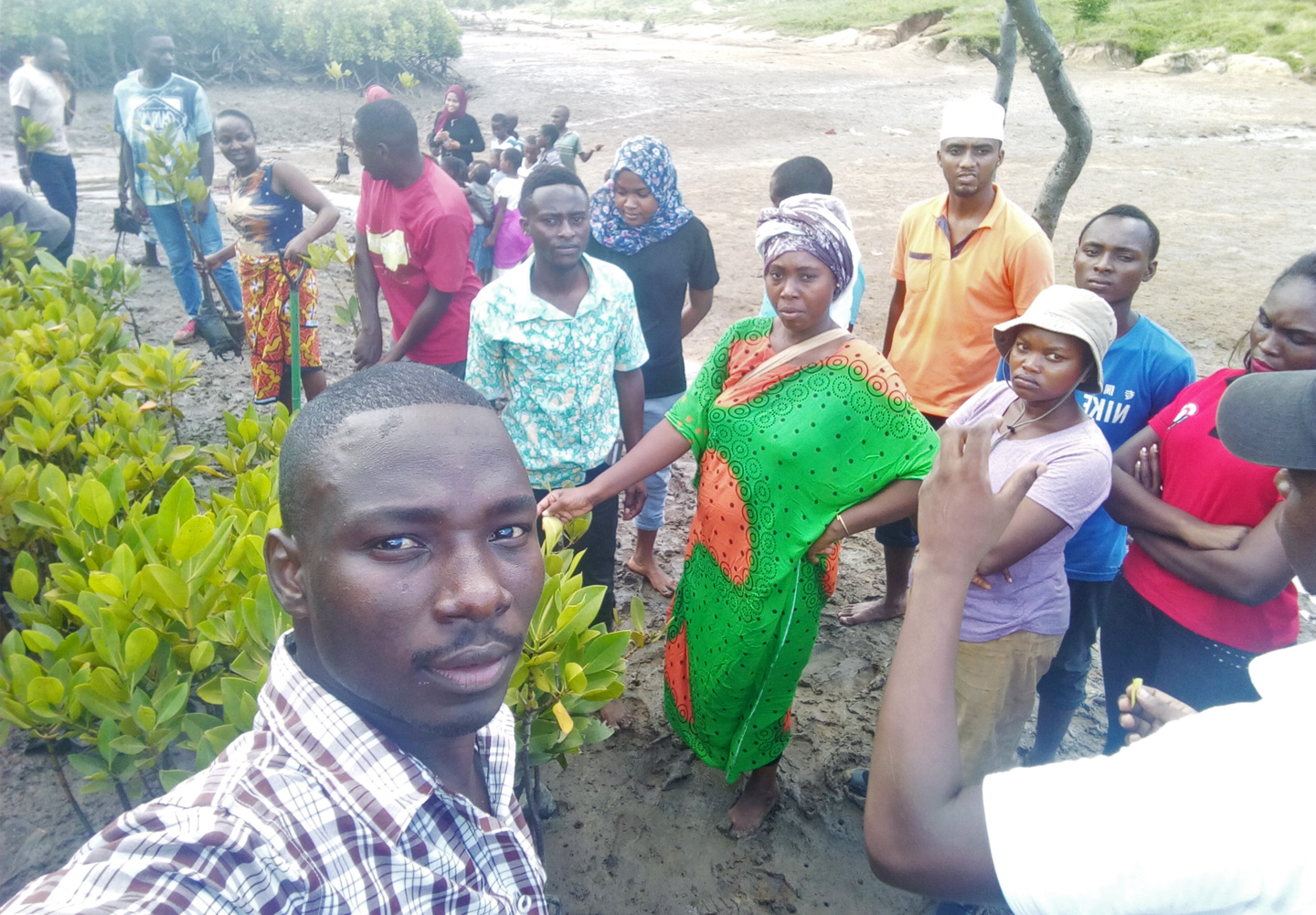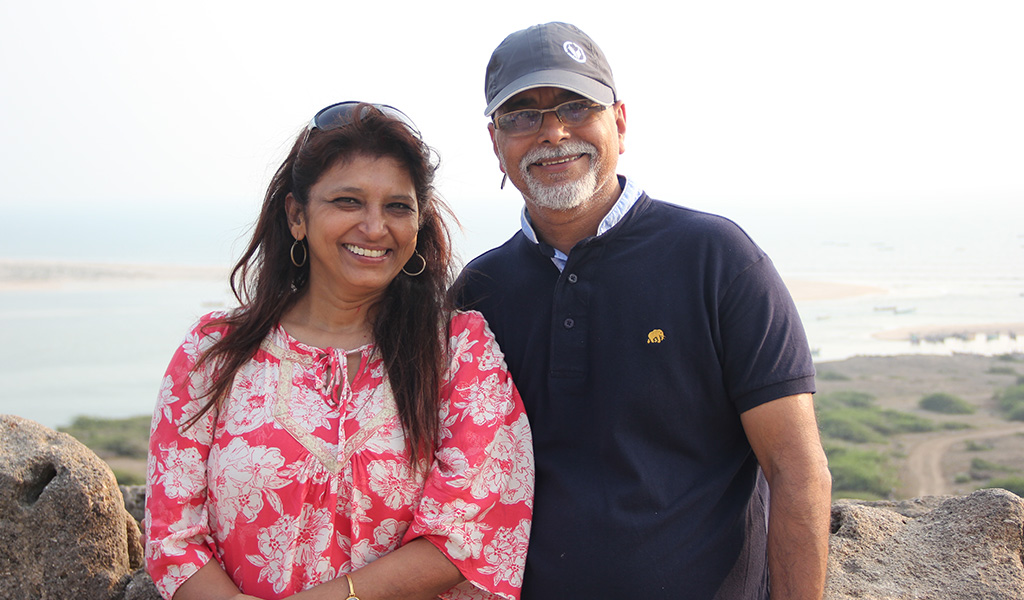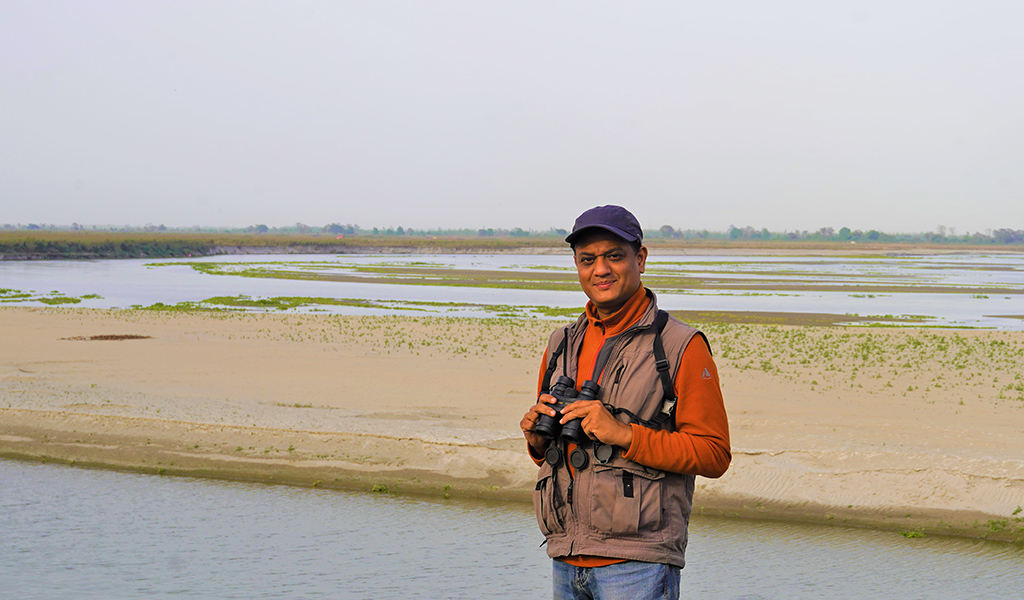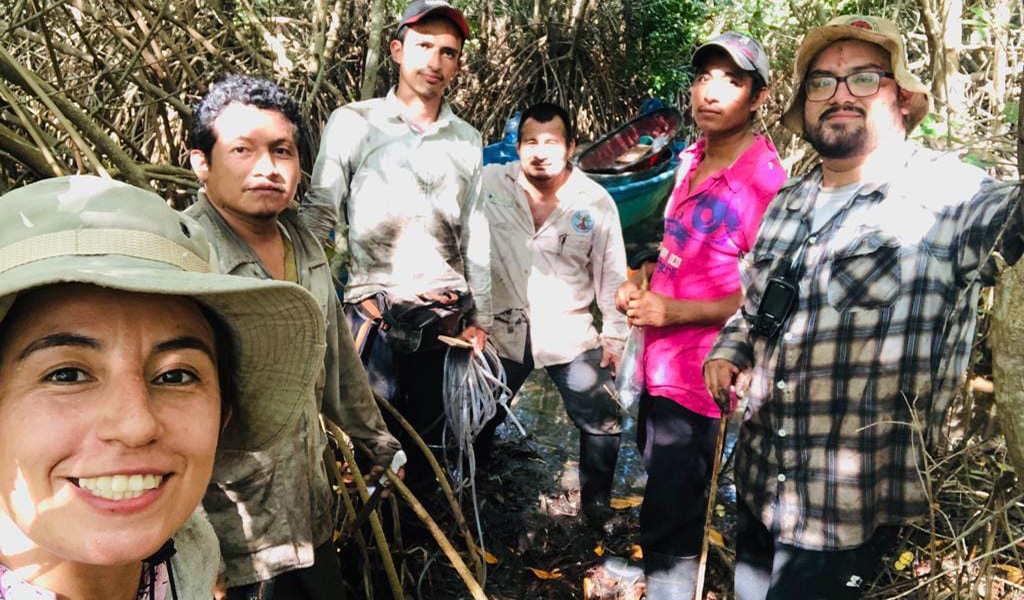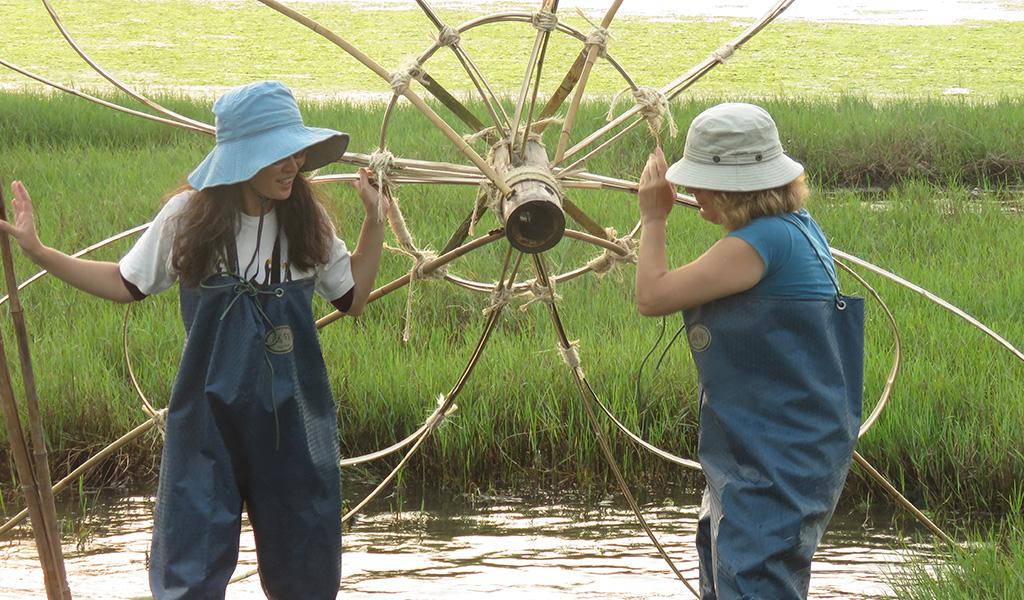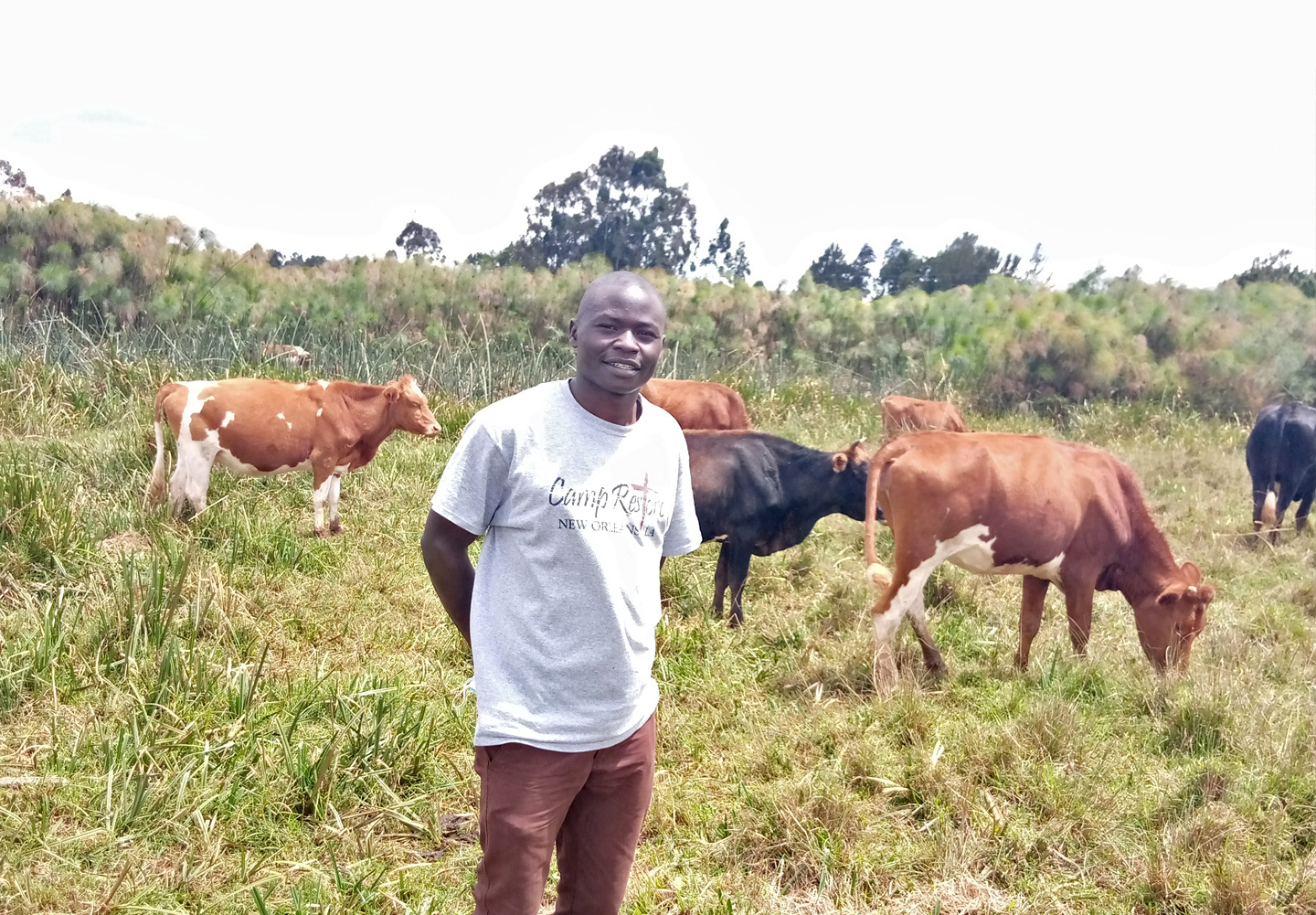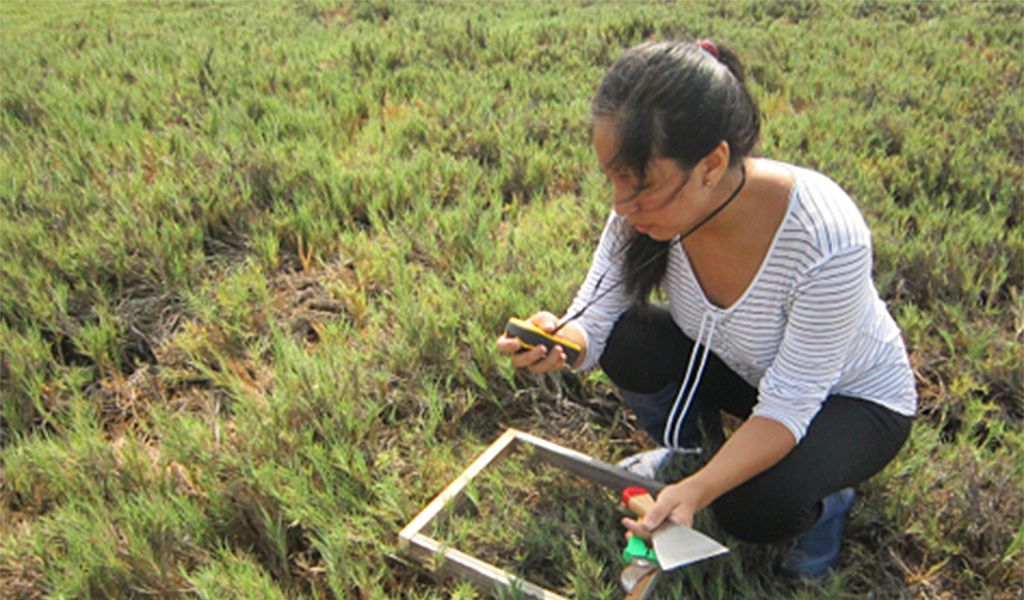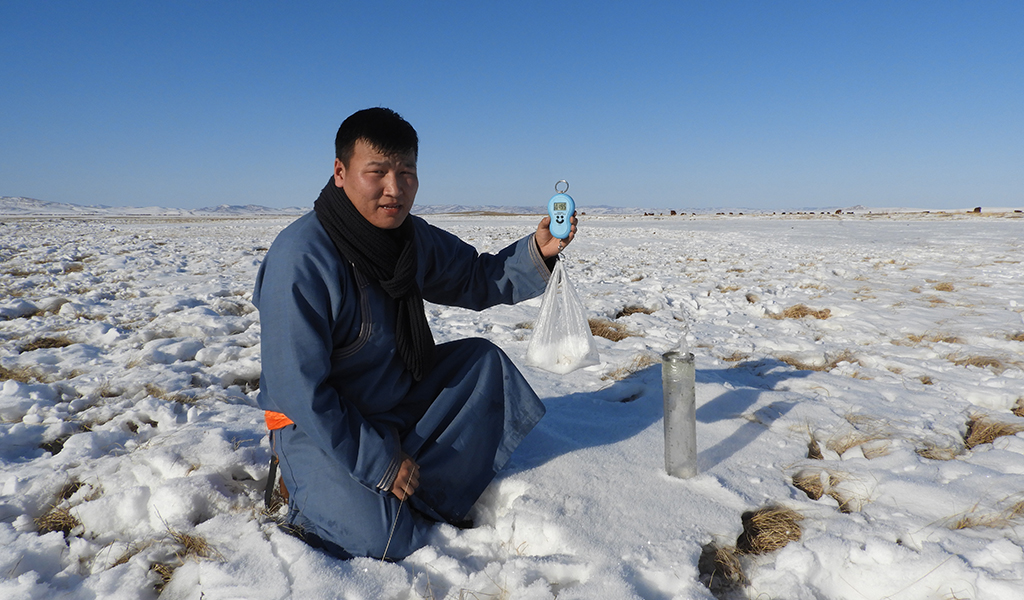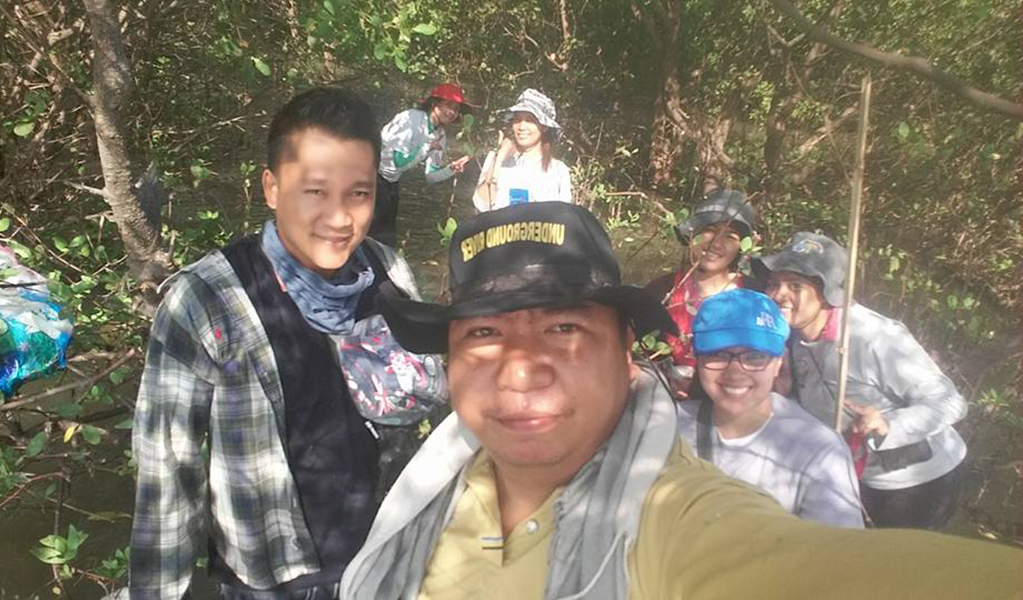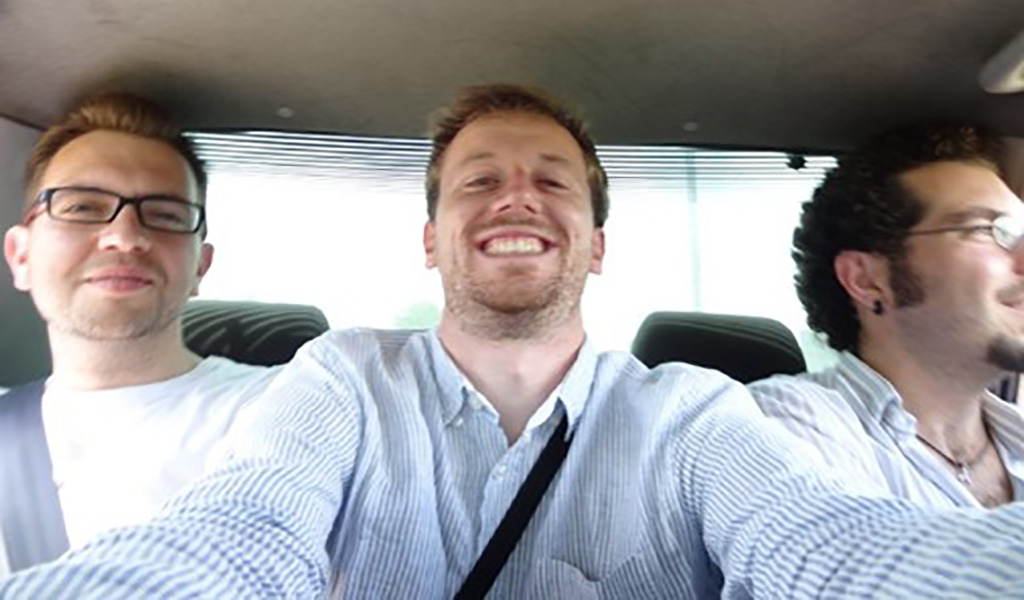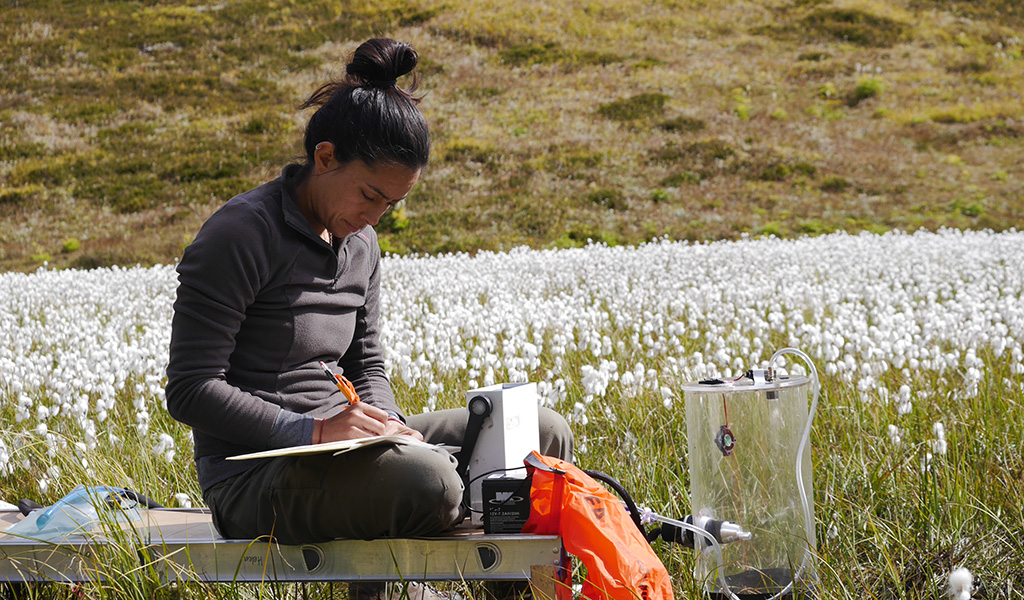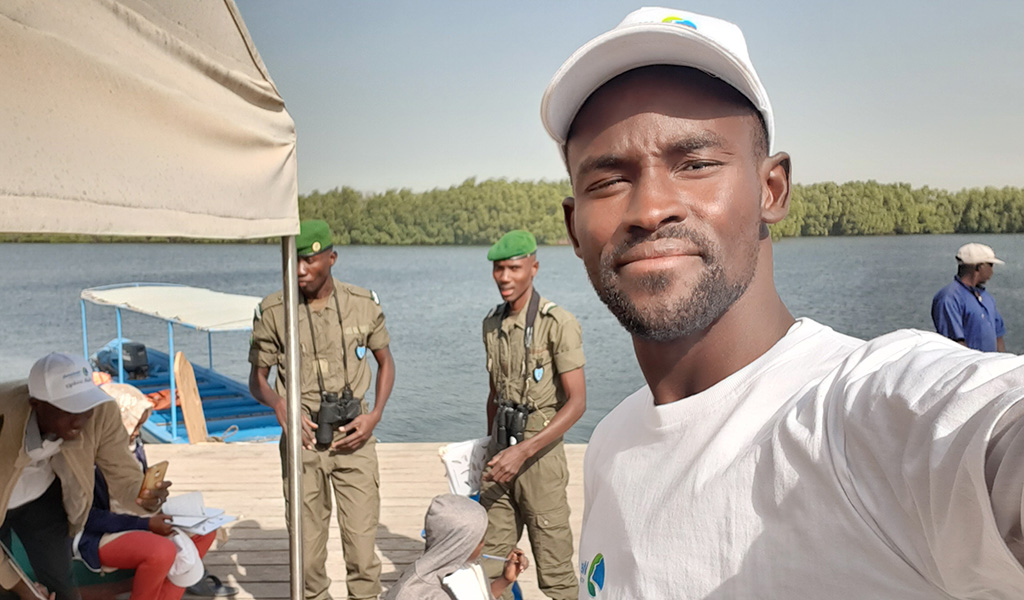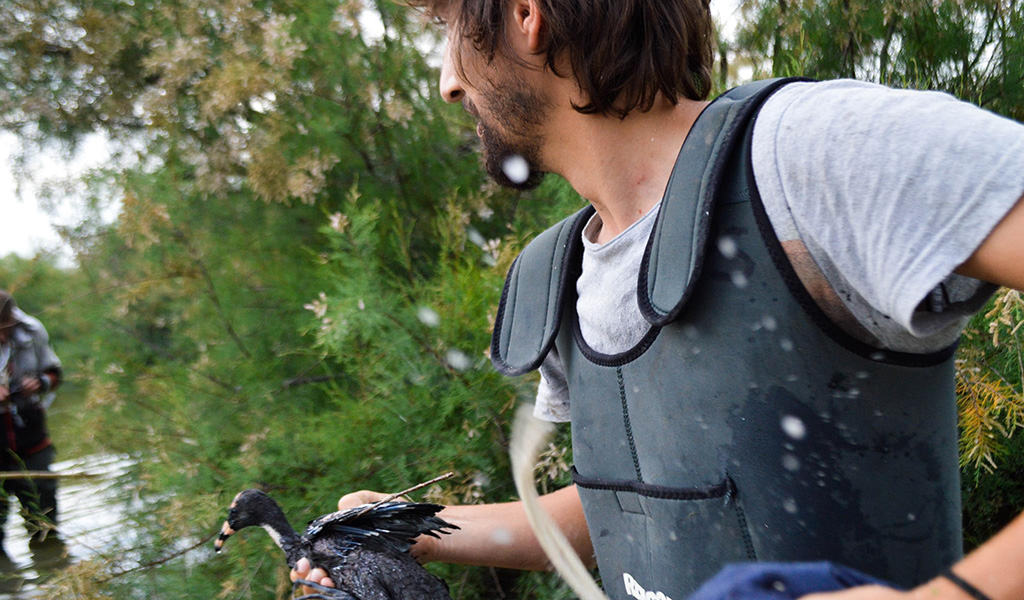Tudor Creek is a unique mangrove haven, based off the Kenyan coast, where Mombasa Island splits off from the mainland. Teeming with wildlife, including monitor lizards, turtles, cattle egret, mangrove kingfisher, snowy egret, Lesser adjutant, Grey heron and vervet Monkey, the creek is home to eight different mangrove tree species including red mangrove, spurred mangrove and white mangrove.
“I want to create employment for the community at large through conserving our ecosystem forests, creating awareness and creating a bridge between the government, local and international community,”
Thirty-three year old Mbaarak Abdalla from Mombasa County, Kenya has been inspired to restore and safeguard these mangrove wetlands – both for the 700,000 communities that depend on them for their livelihoods, and for this unique biodiversity. The Tudor mangroves are one of a number of wetlands across the East African coastline to experience rapid loss over the last decade, and has seen a decrease in coverage from 1,641 hectares to its current state of 215 hectares – mostly due to deforestation.
Mbaarak explains that the high poverty levels have forced many locals to look for alternative income to make ends meet. “They end up destroying the wetlands just to earn a living,” he says. As the Founder of Brain Youth Group and as part of the Forest Restoration Agency, two community-based organisations in Mombasa, Mbaarak’s efforts have been focused in large part on working with the communities to develop more sustainable sources of income such as marine fish farming, bee-keeping and eco-tourism as an alternative to cutting down the mangroves.
“I want to create employment for the community at large through conserving our ecosystem forests, creating awareness and creating a bridge between the government, local and international community,” he says.
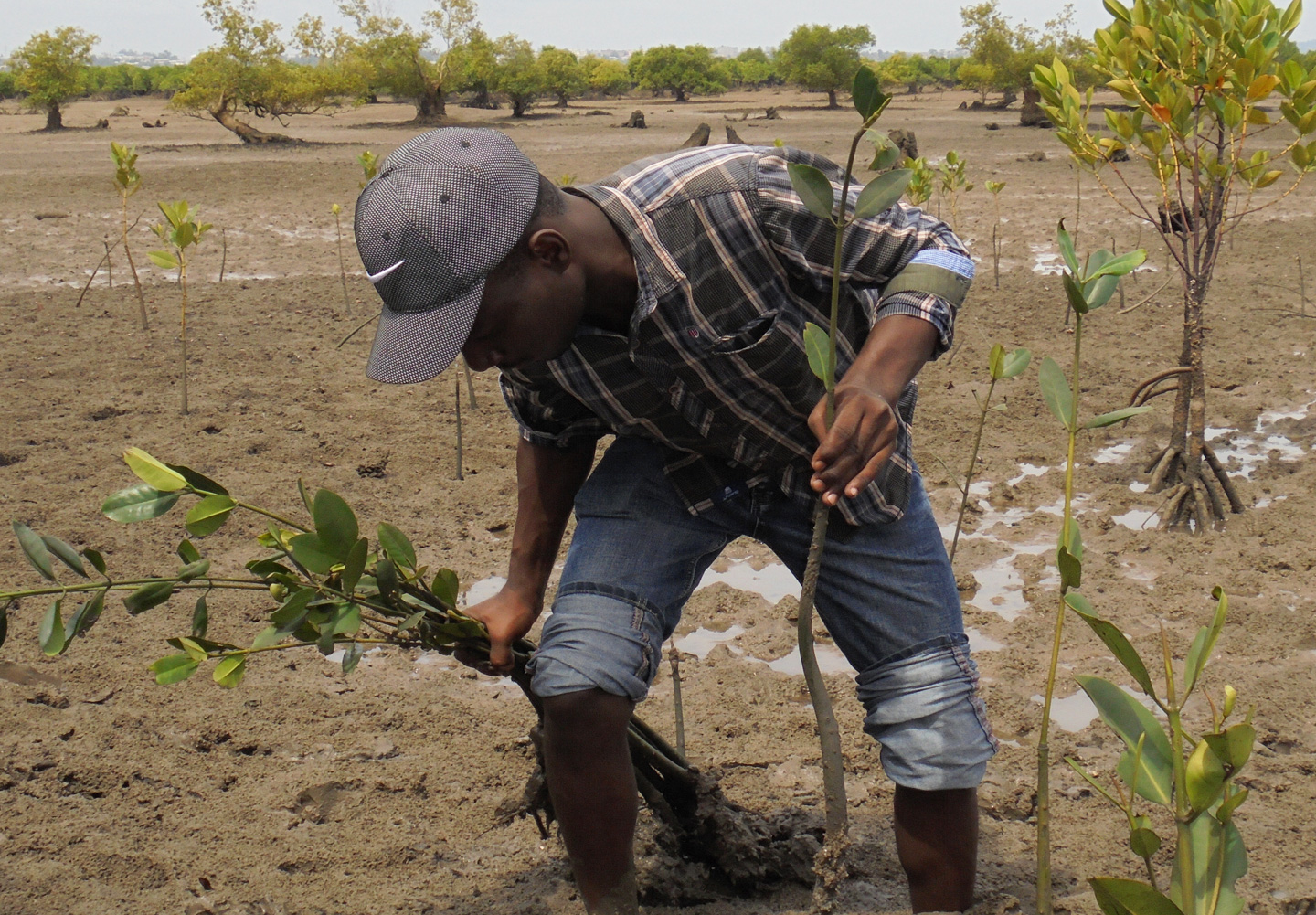
Mbaarak working in the field.
Currently Mbaarak and the Brain Youth Group, consisting of about 50 people, are aiming to restore 1,426 hectares of degraded mangroves in Mombasa County, Kenya. Mbaarak says: “To do this we need the local communities to help and support this.”
Mbaarak himself first got interested in mangroves after attending a community sensitisation workshop ten years ago. “Since restoring mangroves is not something you can do on your own, I decided to mobilize others and initiated the Brain Youth group in 2011. After that I started receiving a lot of invitations for attending different workshops, trainings and seminars. During my travels that time I visited a lot of different areas and saw a lot of deforestation,” he says.
“After founding the Brain Youth Group, I got the opportunity to meet a lot of new people and learn new things every day.”
Although Mbaarak was forced to drop out of secondary school due to lack of finance, this hasn’t held him back in pursuing his conservation dreams. “After founding the Brain Youth Group, I got the opportunity to meet a lot of new people and learn new things every day,” he says.
Mbaarak now holds certificates on Small and medium Entrepreneurship from Strathmore Business School Nairobi Kenya and on Community Based Ecological Mangrove Restoration (CBEMR) attained by Wetlands International in Rufiji Delta, Tanzania. “I hope to join classes of environmental conservation and project management to improve my skills and take my projects to a higher level. I want to empower more people with skills for conserving our environment,” he says.
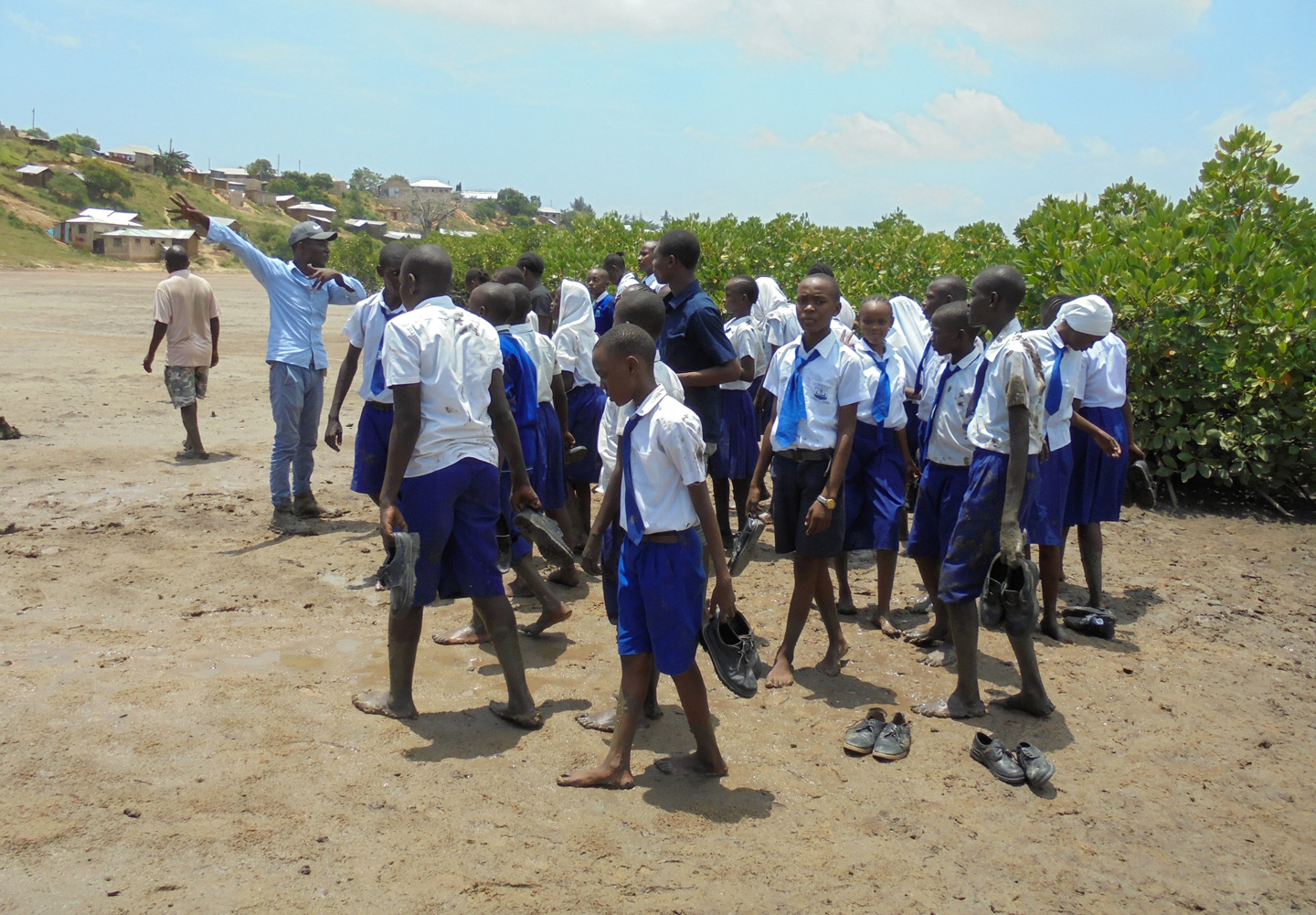
Field visit with students from the local school.
The main challenges in restoring the mangroves experienced by Mbaarak and his community groups are the lack of finances for restoration activities as well as a need for greater scientific and technical skills, and more support from stakeholder government institutions. Engaging the community so that they understand the value of mangroves and learn how to develop their livelihoods with the mangroves are especially powerful.
“We have been conducting community sensitisation programmes to educate the community on the importance of mangrove conservation since most people lack the knowledge on the benefits of it. We will continue this work this year as well and involve them in the activities to be carried out just to create ownership of the project. This will contribute to the success of the project.”




